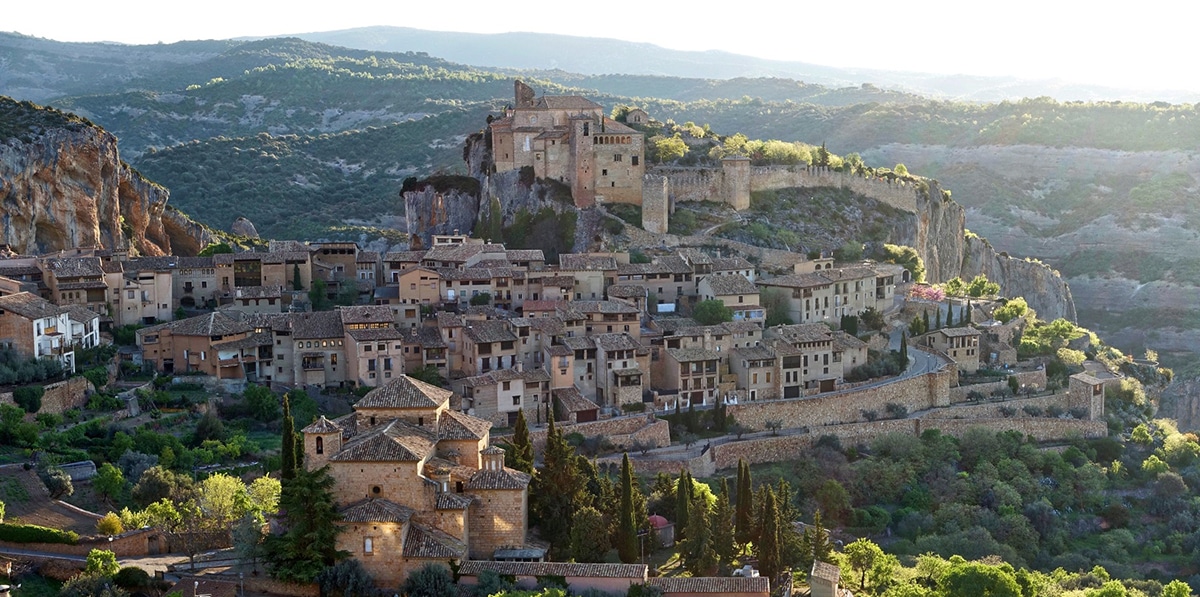
The Pyrenees It is a mountain chain that is located between Spain and France. On the Spanish side it passes through the Basque Country, Catalonia, Aragon and Navarra, in its 430-kilometre journey from the Mediterranean to the Bay of Biscay.
It is in those parts that some of the most charming Aragonese Pyrenees villages. Let's get to know them!
Ainsa
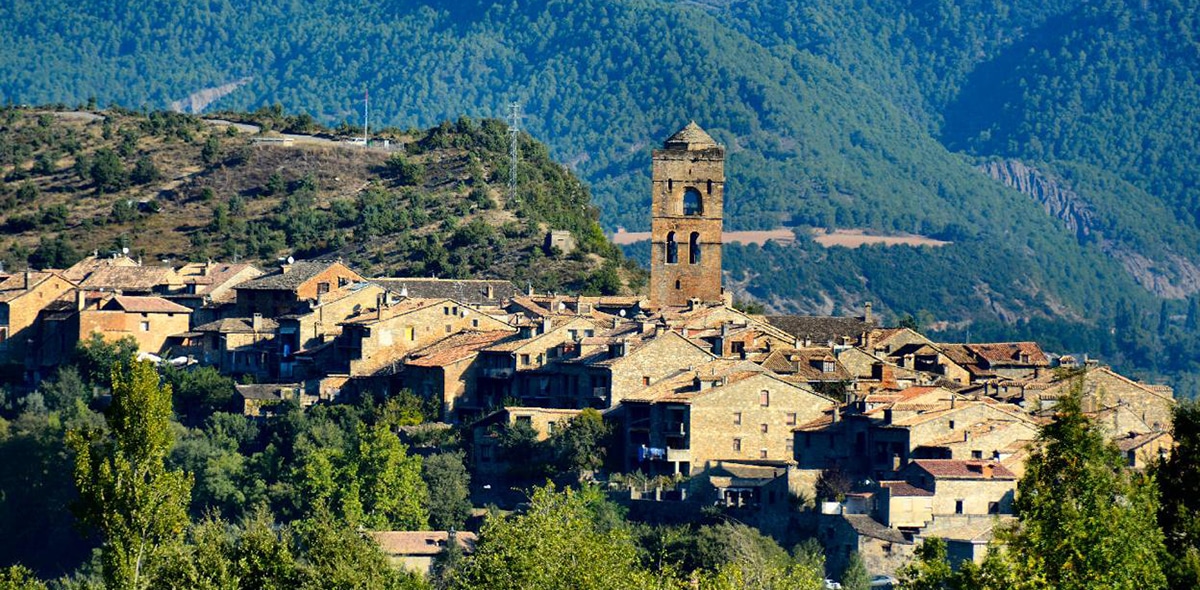
It is a nice town in the province of Huesca, in the high Pyrenees. Together with Boltaña it is the capital of the old county of Sobrabe. The old town It is on a promontory where the rivers of Ara and Cinca converge. Santa Cruz Street and Mayor Street run through it, which are located in the Plaza Mayor.
To the west is the castle and near the Shrine of the Covered Cross where the legend says that in the second half of the XNUMXth century the cross of fire appeared that ultimately helped in the victory over the Muslim troops.
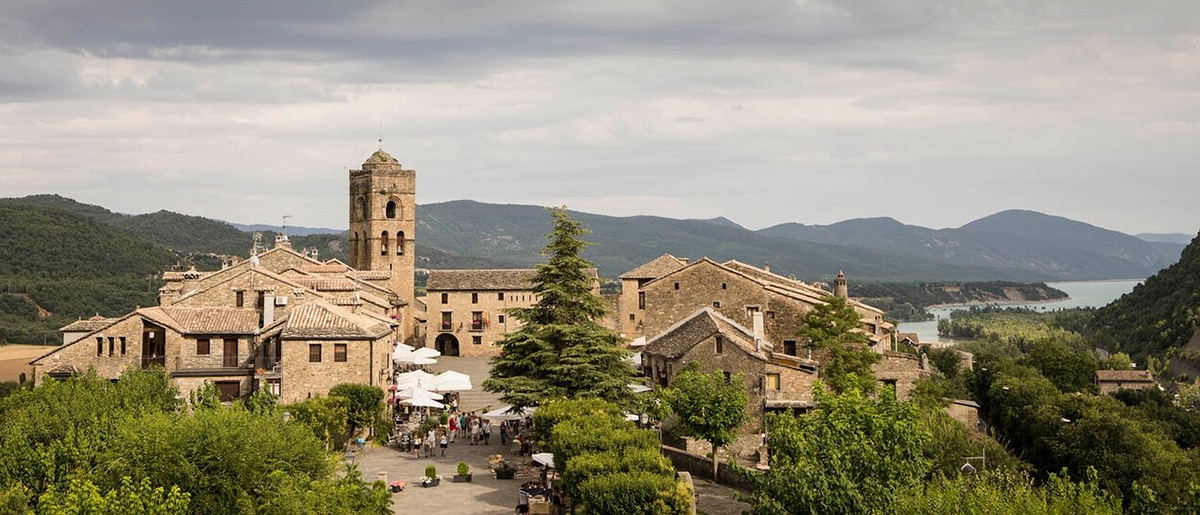
What you can see in Aínsa is the castle, originally from the XNUMXth century, which at the time was part of the line of defense of Christianity against Muslims. This line then extended to Abizanda. The castle gave rise to the walled town and over time it was the capital of the county of Sobrarbe, part of the kingdom of Nájera-Pamplona. Later it passed into the hands of the kingdom of Aragon.
The castle has been declared Well of Cultural Interest and Historic-Artistic Monument and it is where the local tourist office works. In addition to the castle, do not forget to visit the Church of Santa Maria, from the XNUMXth and XNUMXth century and the beautiful Arnal House of the XNUMXth century. Add the Bielsa's house, with twin windows, and the Plaza Mayor which is where the castle and town hall are.
Alquézar
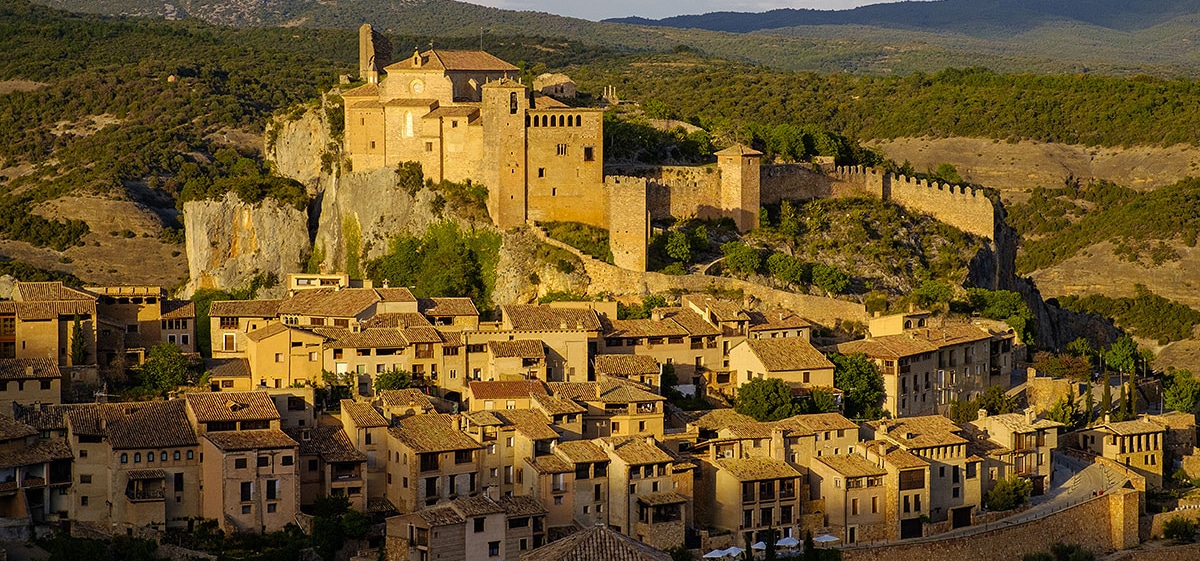
This medieval town is in the region of Somontano de Barbastro, in Huesca. It rests on the right bank of the Vero river, at the foot of the Balcez and Olsón mountains, just 51 kilometers from Huesca.
Its origin was the construction of a castle, in this case ordered to be built by Jalaf ibn Rashid, becoming an important defensive point in the defense of Barbastro against the Christians. Although traditionally dedicated to agriculture, today its economy is based on services.
In Alquézar you must visit the urban area, the parish that is dedicated to San Miguel Arcángel and the Collegiate Church of Santa María la Mayor which was consecrated in the year 1099 and is a National Monument. In addition, there are a couple of very interesting museums: the Casa Fabián Ethnological Museum and XNUMXth century museum which has beautiful baroque, renaissance and medieval works.
And if you like hiking or being in contact with nature, the Natural Park of the Sierra and Canyons of Guara and River Vero Cultural Park. Don't leave out the cave art in the Vero footbridges and Picamartillo cave and the “smile to the wind” viewpoint from where you have a fabulous view of the Sierra de Guara.
Benasque
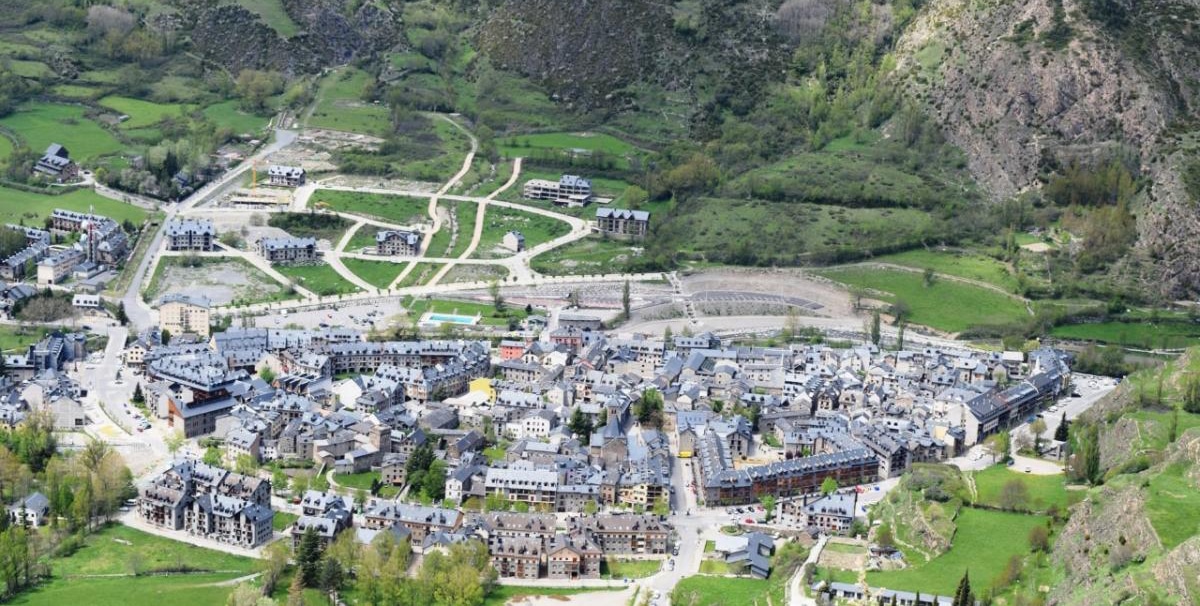
It is the most important town in Benasque and is located just 143 kilometers from the provincial capital, in the very heart of the Pyrenees. This on the banks of the Esera River, between the Paso Nuevo reservoir and the Linsoles reservoir.
It's a typical high mountain village, with very cold and snowy winters. It is believed that it was founded by the Romans because ruins of Roman baths have been found in the sulfurous baths, but since there is no documentation, the most accepted dates are between 1006 and 1008. It was from the eleventh century part of the Kingdom of Aragon.
The town used to have a castle, on top, to the north, from the 1858th century, but unfortunately it was demolished in 1660. As the Pyrenees have seismic activity, it has experienced some movements, including a very strong one in XNUMX. Beyond That is why the Ésera River has overflowed its banks repeatedly, causing havoc.
This medieval town was always very far from both Spain and France, but things began to change in 1916 when the Ventamillo gorge was built. Today it receives tourism because it always appears on the list of the most beautiful villages in the Aragonese Pyrenees.
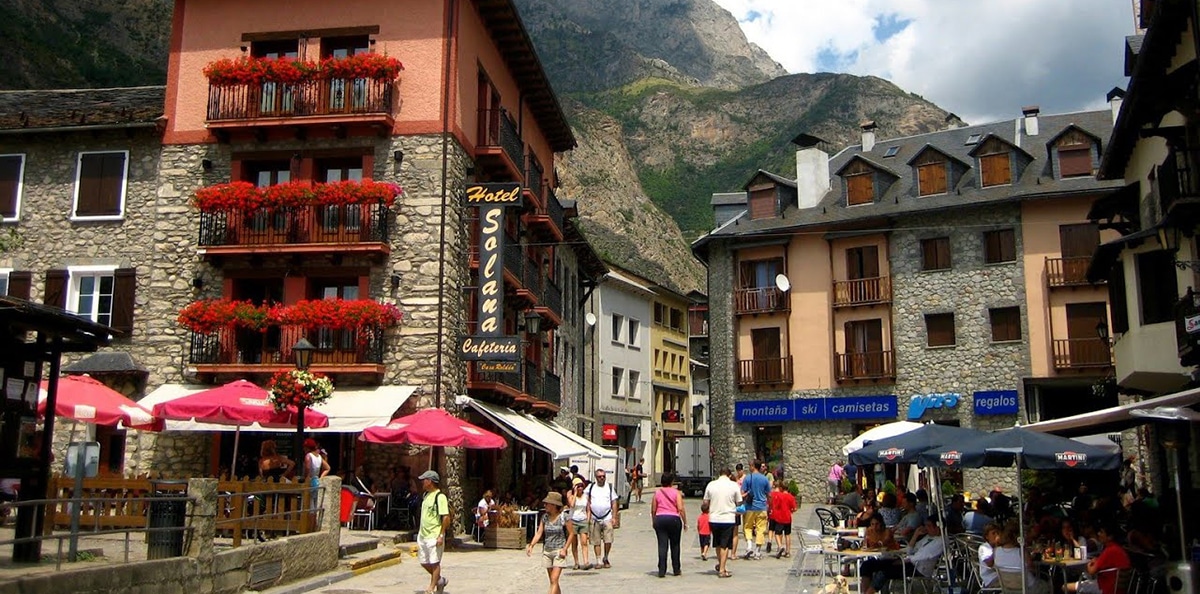
So what can you visit here? is the Medieval Bridge, Palace of the Counts of Ribagorza, with stones and huge windows, very elegant, the Church of Santa Maria la Mayor, from the XNUMXth century and Romanesque style, and a couple of old residences such as the House Faure or the House Juste.
Outside the town there are many natural beauties: there are three massifs of more than 3 thousand meters of altitude and some of the glaciers of the Pyrenees such as the Aneto Glacier and Maladeta Glacier. Then you can meet the Forau of Aigualluts or the Vía ferrata de Sacs and in winter you can go skiing at the Aramón Cerler station.
Cerler

It is at 1500 meters of altitude and it is beautiful. Also it is close to the Aramón Cerle ski resortr so it is a very busy destination in winter. The town has a flirtatious medieval center, very well preserved.
Beyond its convenient proximity to the ski center, Cerler is great for its historical monuments and if you like to explore you can do many walks. For example, you can approach the Ardones waterfalls and do the route of the three waterfalls or the trail that leads to the Ángel Orus refuge, at 2148 meters above sea level, or stroll through the Natural Park Posets-Maladeta and do many mountain activities.
Graus
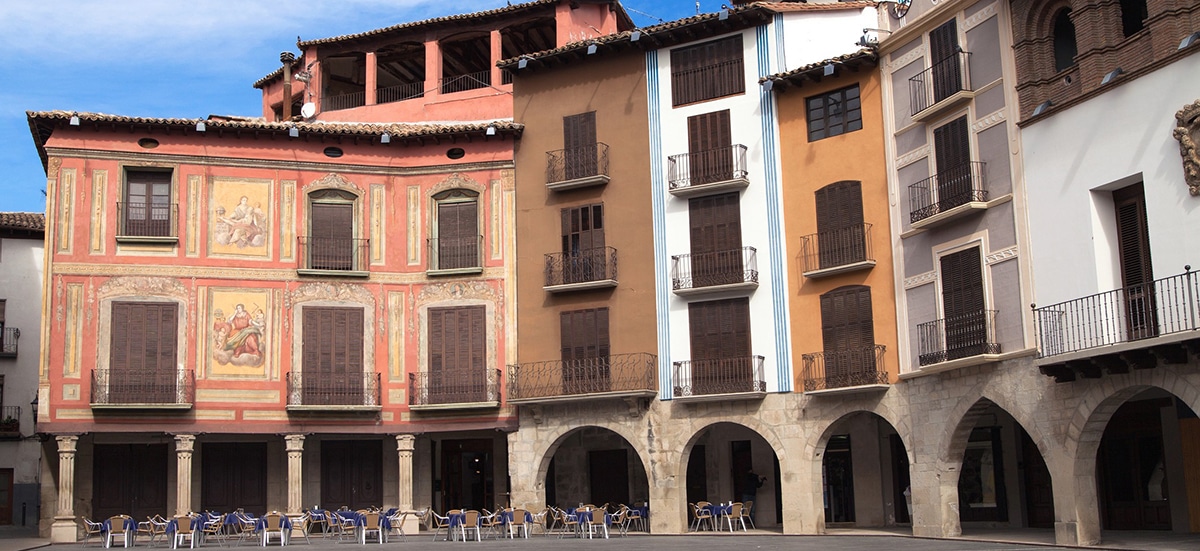
At the point where the Ésera and Isábena rivers meet is the town of Graus, near the Joaquín Costa reservoir. It seems that its first settlers date back to the Paleolithic, the remains that allow us to say that can be seen in the Provincial Museum of Huesca, but then the Romans and the Muslims passed by, although there are only remains of a Muslim watchtower and there is no Roman legacy to the view.
It was in Arab hands until the Reconquest, when its reconstruction and repopulation began. As it has centuries of history it was declared a historic-artistic complex in 1975. What treasures should not be missed? In principle, the neighborhood of Abajo or barrichós, the oldest, with constructions several hundred years old.
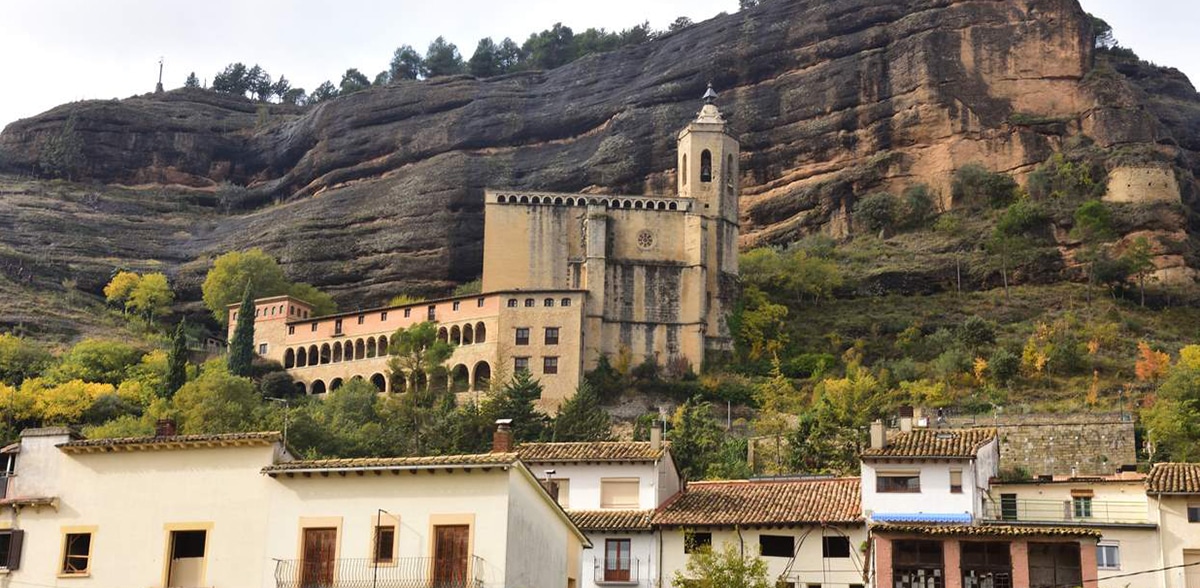
There is also the Main Square, pentagon-shaped and many others picturesque and elegant houses, doors of the old medieval wallhe, the Basilica of the Virgin of the Rock from the mid-XNUMXth century, Gothic, the hermitage of San Pedro, the Parish Church of San Miguel and the old Church of the Jesuit college, now closed, now converted into the Espacio Pirineos centre.
So, you can also visit this museum which is an interpretation center of the Pyrenees, but also the Museum of History and Tradition of Ribagorza and Museum of Icons. And at certain times of the year you can enjoy its festivities, although the most important are the festivities.
Pony
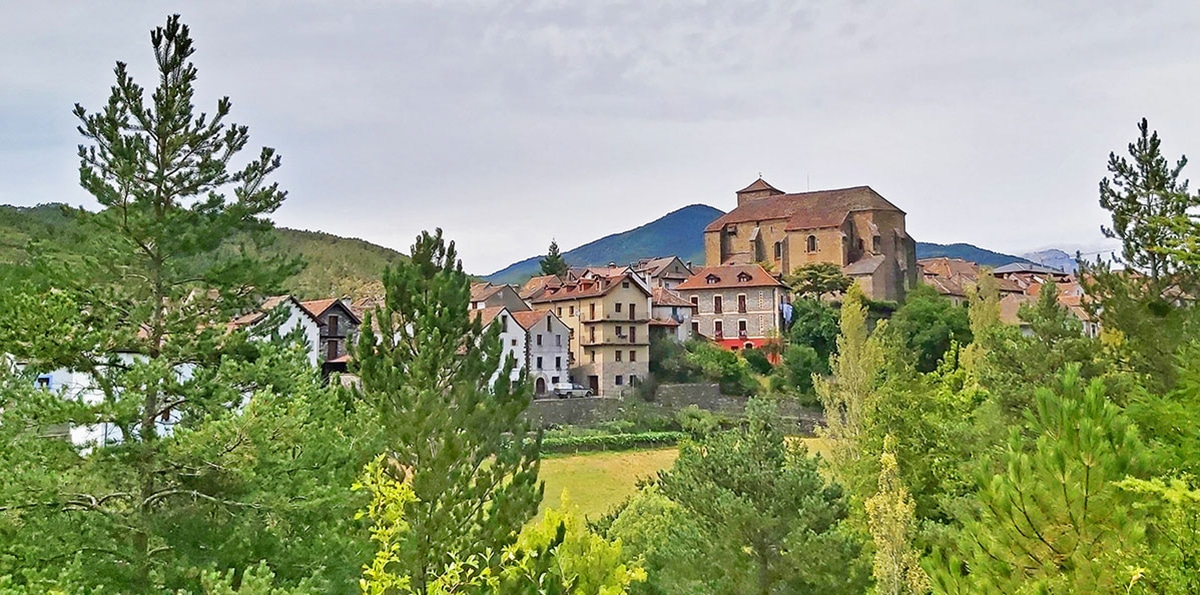
It is in the province of Huesca and in addition to its urban area it includes other population centers that are known as rural neighborhoods. jackfruit is just 72 kilometers from Huesca and 143 from Zaragoza.
Jaca was the capital of the Iacetanos, an ancient people related to the Aquitanos. After The Romans arrived, around the year 195 BC, to integrate it into his empire and make it a prosperous place until the third century. Fallen the empire went into decline. The Arabs came later, until the Christian reconquest.
Jaca has a long and interesting history and it is so, one of the best known towns in the Aragonese Pyrenees. Its heritage is very rich: there is the Jaca Cathedral built in 1077, with the Diocesan Museum of Romanesque Art inside, the Carmen Church, from the XNUMXth century, the Royal Benedictine Monastery, from 1555 and the hermitage of San Cristóbal.
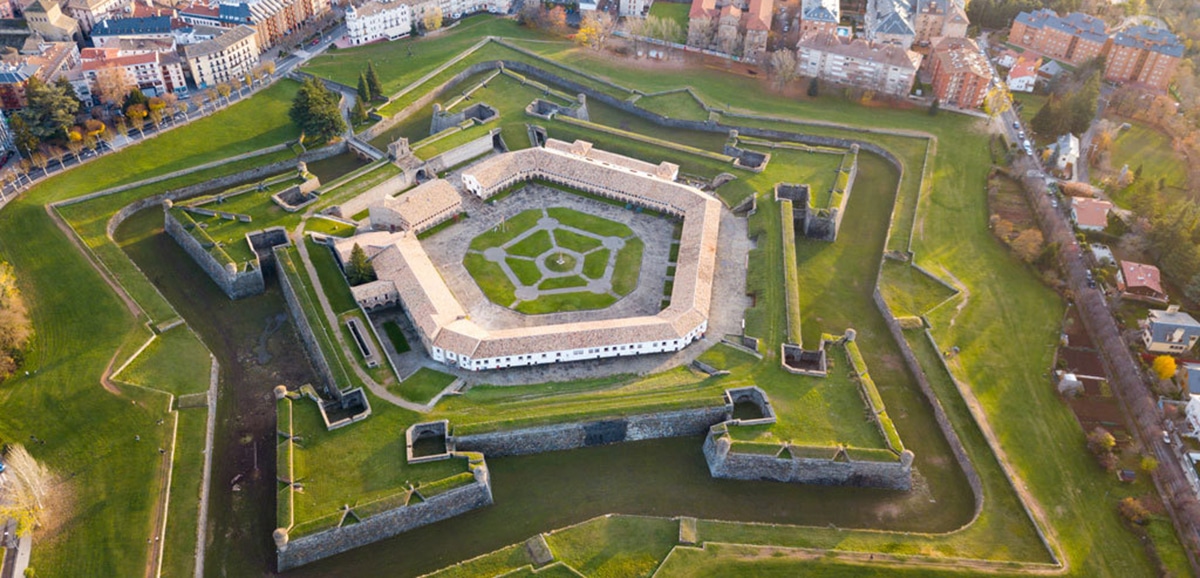
There is also the Castle of San Pedro, known as the citadel of Jaca, the only one of its kind that is preserved in its entirety in all of Europe. It is restored and in one of its barracks the Museum of Military Miniatures with more than 35 thousand lead figures in 23 thematic scenarios that reproduce famous battles in the history of our civilization.
La Clock Tower It is a Gothic construction from 1445, with a rectangular floor plan, the current headquarters of the Work Community. is the Episcopal Palace, from 1606, San Miguel bridge, of medieval origin, monumental and beautiful, and on the outskirts the Rapitán Fort, XNUMXth century.
Since we move away from the urban area, on the outside you can see the Monastery of San Juan de la Peña, some pretty Romanesque churches, the Mount Oroel, the ski resort of Astún and Candanchú. And of course, like all towns in the Aragonese Pyrenees, there popular parties which become good times to visit.
loarre
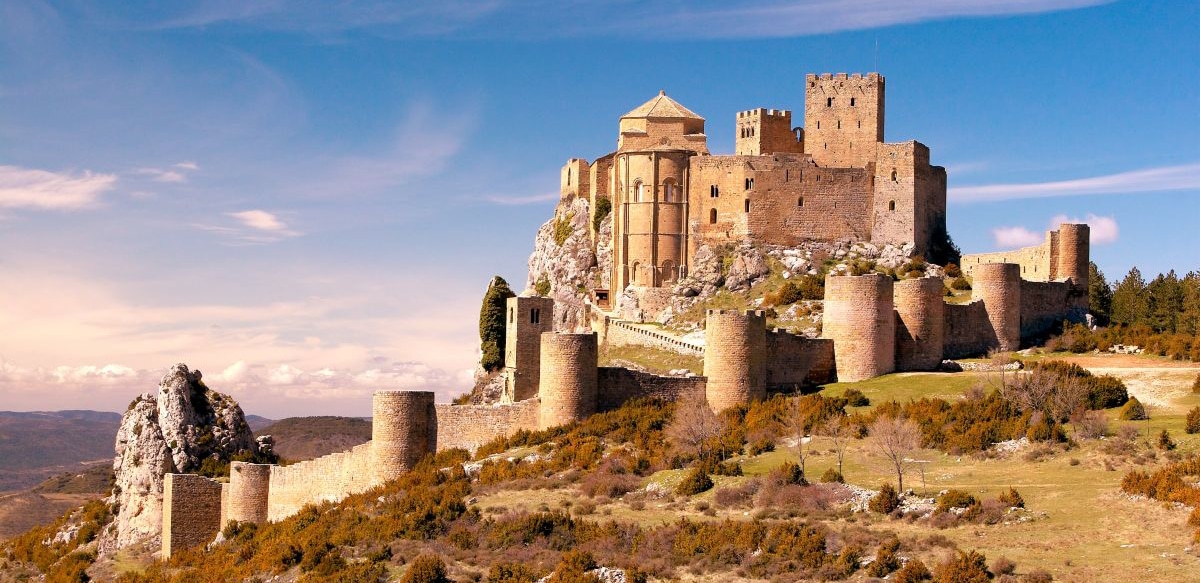
If you like medieval castles then you can't miss the Loarre fortress, one of the best preserved Romanesque buildings in all of Europe. It is part of the Hoya de Huesca and includes other towns.
The castle begins to be built in 1016, when the town officially begins to be born. the castle is National Monument as an example of Romanesque military and civil architecture. It is on a limestone mountain, it has its small and picturesque chapel with the crypt of Santa Quiteria and a beautiful church with a dome. The castle is the most important thing in Loarre but not the only thing. You can visit the Parish Church of San Esteban and the romantic Hermitage of Santa Águeda.
Of course, these are just some of the most beautiful and tourist Aragonese Pyrenees towns, but there are many more. You just have to discover them.